Implementing a SaaS Solution – The 3 Major Technical Challenges
Improved technology infrastructure, particularly internet speed and reliability.
Advances in cloud computing.
Wider range of business automation solutions on SaaS, more than the standard email and word processing apps
Compressing business cycles that are putting immense pressure on the businesses for quicker turnaround and ability to scale up and scale down.
For some businesses, SaaS provides an excellent opportunity to get rid of their internal IT that has become inefficient from both the speed and cost perspectives (a wake-up call!).
Let’s keep the discussion on business value, justification and merits of SaaS for another time. Today we’ll look at the 3 most common technical challenges that can test and possibly disrupt the SaaS adoption plans. In my opinion these should be top of the list for any Project Manager leading the enterprise SaaS implementation.
1- System Integration
System integration has always been a big challenge for any large-scale IT solution implementation. For SaaS, it gets a lot tougher due to the excess of business process intersections and the hosted nature of the software. This means that you first need to work through a maze of firewalls, data security constraints and probably the hosting space and network limitations to reach an intermediate stage where you can seriously start evaluating technologies and options for the actual system integration work. At that stage, you may get a bigger shock that the integration options provided by your SaaS vendor cannot fit squarely with your own technologies and standards, and it may cost you significant time and money to find a workaround. But on the other hand, the timelines and savings you have committed to justify the “buy” for SaaS will come to haunt you as the scope and budget of system integration work expands.
So what are the few steps you can take to manage this risk? Firstly, nothing can beat a good analysis and scope definition of system integration work. It should not only consider the need of integration at every layer i.e. UI, Middleware Business Logic components or Database; but also complete analysis of the basic attributes like volume, variety and required freshness of the data. Secondly, it’s good to consolidate the enterprise integration points using a middleware component and then link to SaaS platform though a single (or fewer) integration point. Finally, you may consider a step-by-step approach starting with a basic integration option, like a secure ftp connection, before progressing to a more sophisticated messaging or web-services solution.
2- Data Migration
This challenge can be avoided if you are doing a green-field SaaS solution, or you are fortunate to have business partners who agree to discard the legacy data. Otherwise, you have to take up this challenge in order to manage this transition and maintaining operational continuity. Interestingly most of the data issues discovered during this stage are not caused by the SaaS implementation per se; rather these were present all along like skeletons locked in a closet and they’ll pop up during the data migration. So what kind of issues you may encounter? Well it could be anything ranging from the difference in date-time field formatting, length of fields, data normalization schemes to the locale & character-set settings (God bless if you have to move data stored in Asian charset!)
Few steps you can consider to manage this risk. First, analyze the data migration needs in detail. Is the data being transferred static in nature? Or are you dealing with transactional data that change every second? Can we survive with few weeks old data? Or does it need to be hot and fresh as a pizza? Are there any data rules handled by application layer in previous solution that may create eccentricities during the data migration? Such information will help you plan and manage these issues in advance and prevent rollout delays and noisy meetings. Second, it’s worthwhile to explore if rollout can be divided into batches based on geography, teams or other attributes. It’ll help to reduce the risk and also allow the team to learn and improve with each passing phase. And finally, understanding your real business needs and encouraging your business partners to reduce the legacy data migration as much as possible is the most effective approach. After all, they have a common interest with you to avoid angry users and deluge of incident reports on the go-live day.
3- End-user Experience
This may seem very non-technical at first look. But there are typically 2 key technical factors that have a profound impact on the end-user experience during a SaaS rollout.
First one is the network reliability and bandwidth. This is mostly an issue with emerging or under-developed markets where telecom services are still constricted and unreliable at places. Therefore, if the planning and decision-making for a SaaS global rollout is done in a developed market (e.g. US or Europe); it’s good to get a sanity check from your remote teams right from the planning phase. You can greatly increase the chances of a successful and smooth rollout by investing sufficient time and efforts in doing network connectivity and performance tests at all the locations, or at least the high-risk ones.
Second factor is the plethora of end user devices, including desktop, laptops, mobile devices and the various operating systems and apps running on them. This could be a serious challenge if your organization follows a liberal policy for the end user devices. For managing this risk, build a repository of device configurations that is reconciled and refreshed on a regular basis. This information can then be shared with the SaaS vendor for the solution customizations and rollout planning. It’s also better to involve the onsite team members who understand the local environment at the onset of rollout planning and also engage them during the compatibility and acceptance tests. If you find it difficult to involve the full range of end-users, try having a reasonable representation in the form of power-user groups at least. Remember, you cannot leave the end-user connectivity and device compatibility checks to the UAT; it would be too late to manage any major setbacks at that stage.
Well these are the 3 key technical challenge and some ideas on how to tackle them; and I guess some might be wondering why the information security or data sovereignty issues didn’t appear in the top 3. Couple of reasons for that – first, I consider it to be more of a business operations and risk question than pure technology; and second, information security is too broad to discuss here and that’ll probably require a separate article.
However I do hope this article gives some useful tips and direction. Wish you a pleasant SaaS journey!
You May Also Like

Install These Free Security Tools Now!
Have you heard of intrusion detection systems? Also known as IDS, this software is often used to det...

Crowdfunding drives unprecedented efficiency
Crowdfunding has become the center of attention in the field of financing. It is also an increasingl...

Everything As a Service
Transition from Capex economy to Opex Economy World is in a transition from Macro to Micro. Granula...

IoT in Malaysia – 2019 Predictions
The year 2014 is when Malaysians started to Google the term “IoT” and ever since, the hy...

The business case for 5G
As of 2018 ,33 MNOs have been involved in 5G trials within Asia Pacific, accounting for 44% of 77 tr...

A New Face On Digital Transformation: Engagement Innovation
Whether we believe it or not we are in the fourth industrial revolution – The Digital Revoluti...

Technology & Competitive Data Analysis More Money – More Competition; everyone wins
Technology & Competition – More Money, Better Deal for Consumers & Companies – H...

Anatomy of Fintechs that’s redefining Financial services business models.
On a weekend in 2013 during monsoon I invited my friend and his family for a dinner at my place. It ...

Blockchain Taxation
World has paid a heavy price for trust, transparency, controls and accountability. Globally there i...
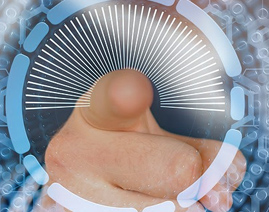
Why Is CDR / CDNR So Important?
Addressing the Fundamental Deficiency in Today’s Mainstream Cyber Security Strategies From Det...

CIO Business leadership - shifting from tech to business leadership
CIOs are no longer technocrats, they are business enablers and crucial part of organisation. CIOs sh...

Ideas and Opinions | 5G as an Enabler of Smart Cities
When 5G comes to mind these days, we think of “is this REALLY it?” and “have we re...

Lessons in Machine Learning
More organizations are using machine learning for competitive reasons, but their results are mixed. ...

Digital Indoor System: Critical Infrastructure for Digital Economic Transformation
Digital Indoor System: Critical Infrastructure for Digital Economic Transformation Developme...

The Changing DNA of the CIO CIO as Business Enabler
The idea that the role of the CIO has now gone beyond technology and innovation related issues, and ...

Today's Digital Miners
Today's Digital Miners I guess by now everyone of us who have read an article or two on digital...

Digital Transformation Readiness Test for Banks
Digital Transformation Readiness Test for Banks The questions banks need to try to answer to test ...
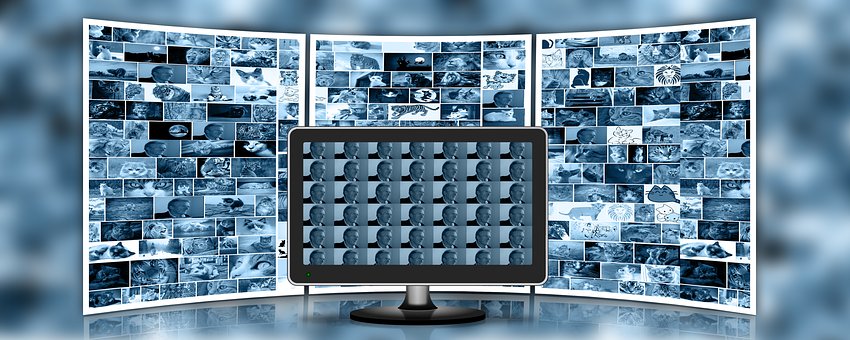
What is Machine Learning
What is Machine Learning? According to Tom Mitchell, a professor at Carnegie Mellon University has d...

Transformation of industry verticals through 5G – Focus and Look Indoors
Transformation of industry verticals through 5G – Focus and Look Indoors Now that 5G is...
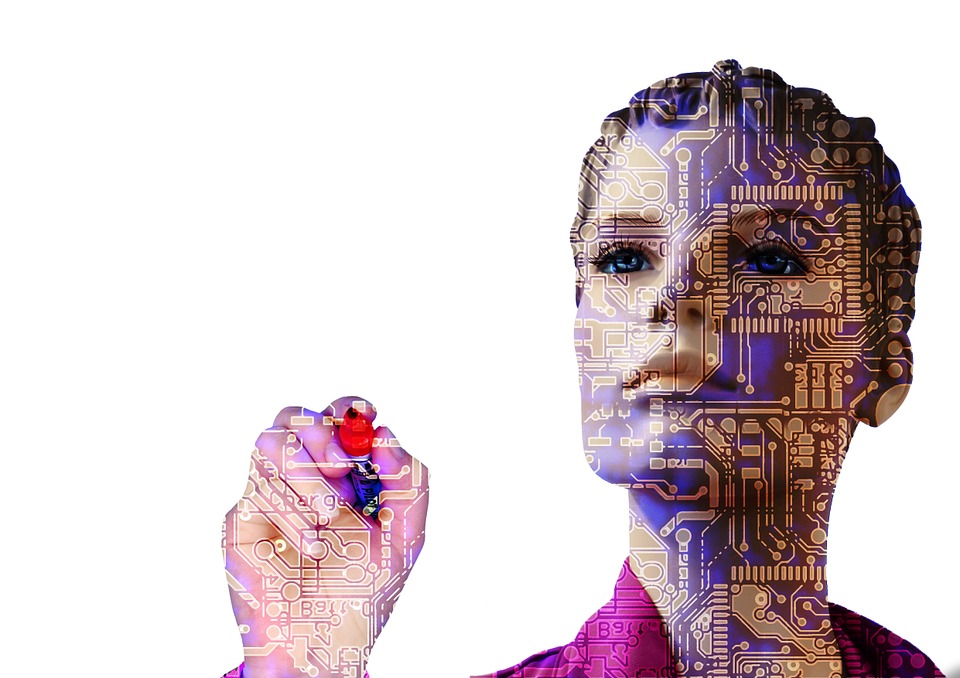
Humanize Technology - back to the basics of serving human needs, humanly
Humanize Technology - back to the basics of serving human needs, humanly The subjects of Digital Tr...

Creating the foundation for Sustainable Innovation
Creating the foundation for Sustainable Innovation In 2011, Marc Andreessen famously proclaimed tha...

About Tech Data Diversity And Inclusion
About Tech Data Diversity And Inclusion I am excited about attending the Hispanic IT Executive Coun...
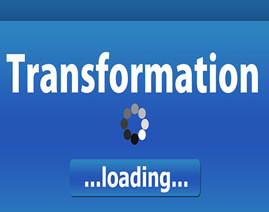
Digital Transformation: Customer Centricity & Intimacy
Digital Transformation: Customer Centricity & Intimacy It was inspiring listening to IMD Profess...

Is Industry 5.0 putting humans back in the center
Industry 4.0 focused on the machines. Is Industry 5.0 putting humans back in the center? I was on a...

Importance of IT Resilience
Importance of IT Resilience Disclaimer: The posting written here is solely of my own comment and ...

So you want an #Innovation Hub?
Innovation, Design Thinking, Digital, Disruption, Agile, Transformation - these are new buzz words t...

The Unsung Hero; The Data Scientist
It is quite likely you are wondering ‘what on earth’ am I on - for cooking up such a tit...

How POC projects made me a better Project Manager
How did I get here? Project Management is a tough job. We need to keep a track on budgets, timeline...

How Data and AI can help in COVID-19 crisis
Since the first report of coronavirus (COVID-19) in Wuhan, China, it has spread to at least 100 othe...

Building thriving business partnerships with Open API
Apple and Google recently collaborated to assist in enabling contact tracing and reducing the spread...

The Future of Indoors with Digital Indoor Systems
Digital Transformation, 5G, and COVID-19 have triggered further growth in indoor traffic Digital tr...

Seizing Opportunities in the ICT Sector
The Increased Pace of Digital Transformation Automation, digitalisation, artificial intelligence (A...

CoVID19, Digital, ML
CoVid19 hit us and has now created the “new Normal” in terms WFH, Video conferences, bal...

Do we really need CEOs, CFOs, and CIOs?
Why CMOs and CTOs are all you need to succeed in today's world This is my first article in a se...

Cinématographe by the Lumière Brothers & History of AI
The Lumière brothers, Auguste and Louis, French inventors and the pioneer manufacturers...

Avenues To Expedite The Incorporation Of 5G Into Industry
5G has been launched in Asia Pacific. South Korea, China, the Philippines and other countries have b...

4G/5G Fixed Wireless Access: A Critical Revenue Growth Engine
In studying key success factors of solutions, it can almost always be shown that the underlying conc...

Big Data Machine Learning IoT and PI
In the era of the Internet of Things (IoT), an enormous amount of sensing devices collect and genera...

Asia’s Plan To Leverage 5G Is Missing A Regional Strategy
The day the world’s first commercial 5G services promised a “great leap” is still ...

Learning from #COVID19…Would remote working be the new normal?
Musings of a Technology Evangelist In the past few months, we have all learnt many new terms&hellip...

Principles of Sustainable Cybersecurity
In past few years the annual rate of cybersecurity breaches has almost been doubled, and as a result...

Data Governance a key element for Digital Transformation
For the last few years, corporate environment, used to speak and hear lots of financial/management t...

Seven Traits of a Millennial CEO
With a staff strength and annual turnover in the order of billions and trillions respectively, Chris...
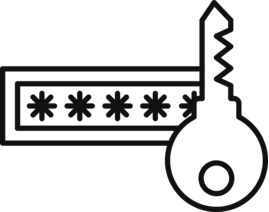
What is a Pass Key and Is Now the Time To Adopt Them?
What is a Pass Key and Is Now the Time To Adopt Them? There has been recent news about a mass...








Rashid Mohiuddin
Sr Manager, Regional Service Owner – Analytics ASPAC region, Johnson & Johnson
Rashid is an IT leader with a strong passion for delivering greater business value by employing project management standards, quality-driven processes, right technologies and collaborative teams. More than 16 years of professional experience in various geographical, technology and business environments. Worked for leading multi-national organizations, such as Credit Lyonnais, Siemens and Fujitsu – and currently at FedEx where he leads cross-functional teams and manages a portfolio of programs, projects and systems for the Asia Pacific & China region. Rashid is also an adjunct lecturer at Newcastle University (UK)-Singapore Institute of Technology. Rashid holds an MBA from University of Birmingham, MS (Computing) from National University of Singapore and Bachelors in Computer Systems Engineering from N.E.D University of Engg. & Tech, Karachi. He is a certified PMP, ITIL Foundation, PRINCE2 Foundation, COMIT(Associate) and also a P3O Registered Practitioner. He is a Dale Carnegie Graduate, Competent Communicator (Toastmasters) and Advanced Leader Bronze (Toastmasters).